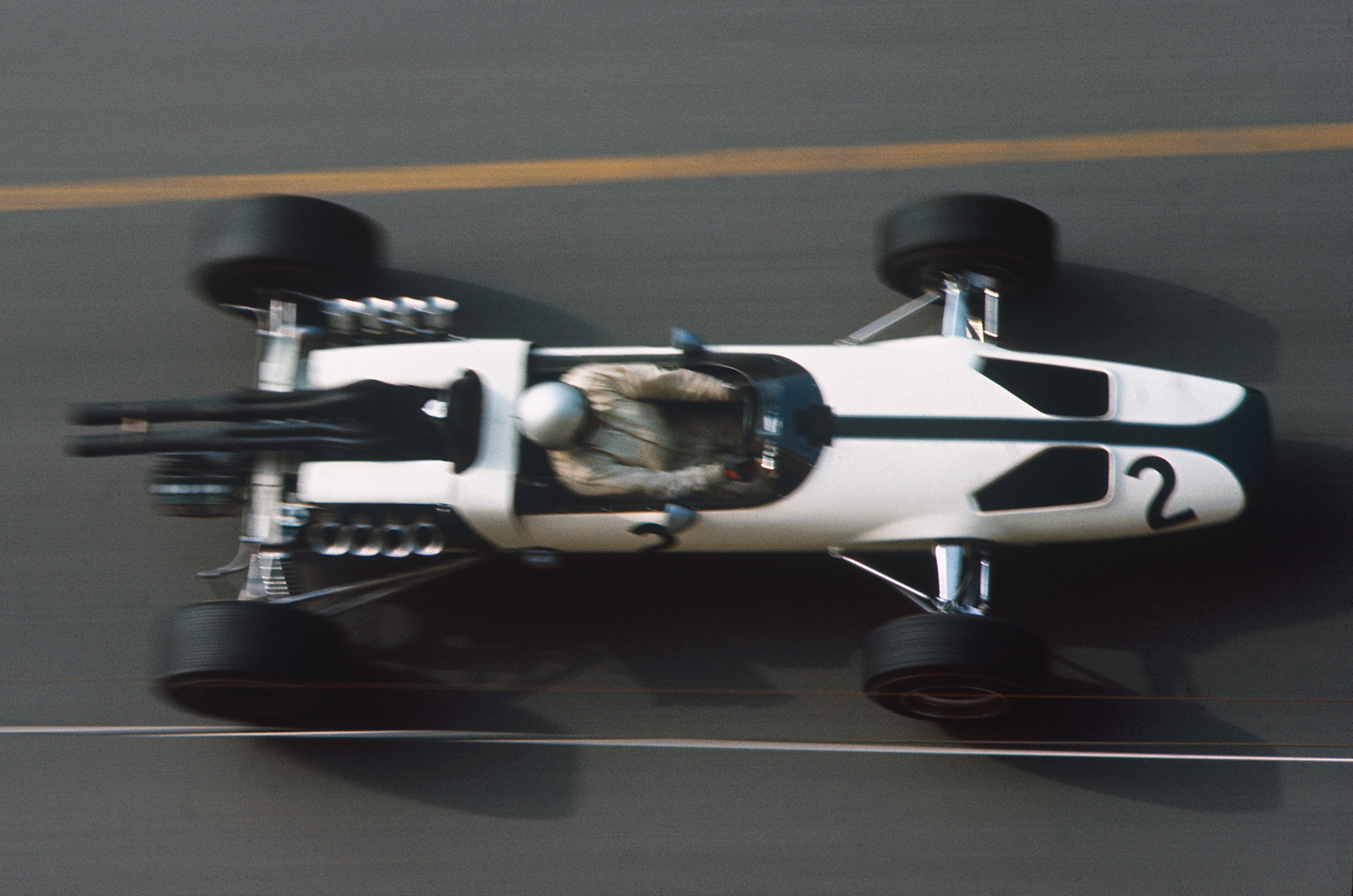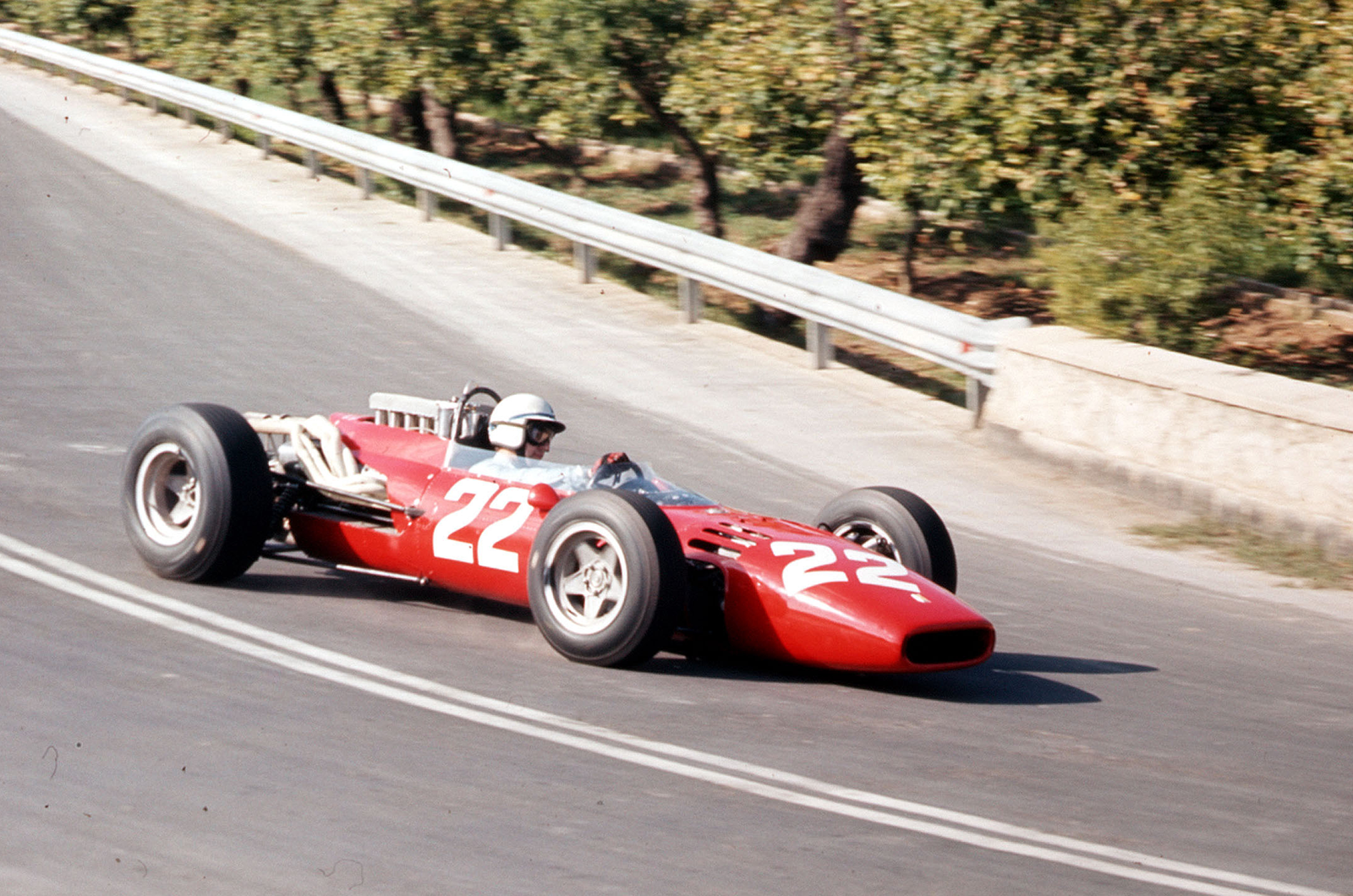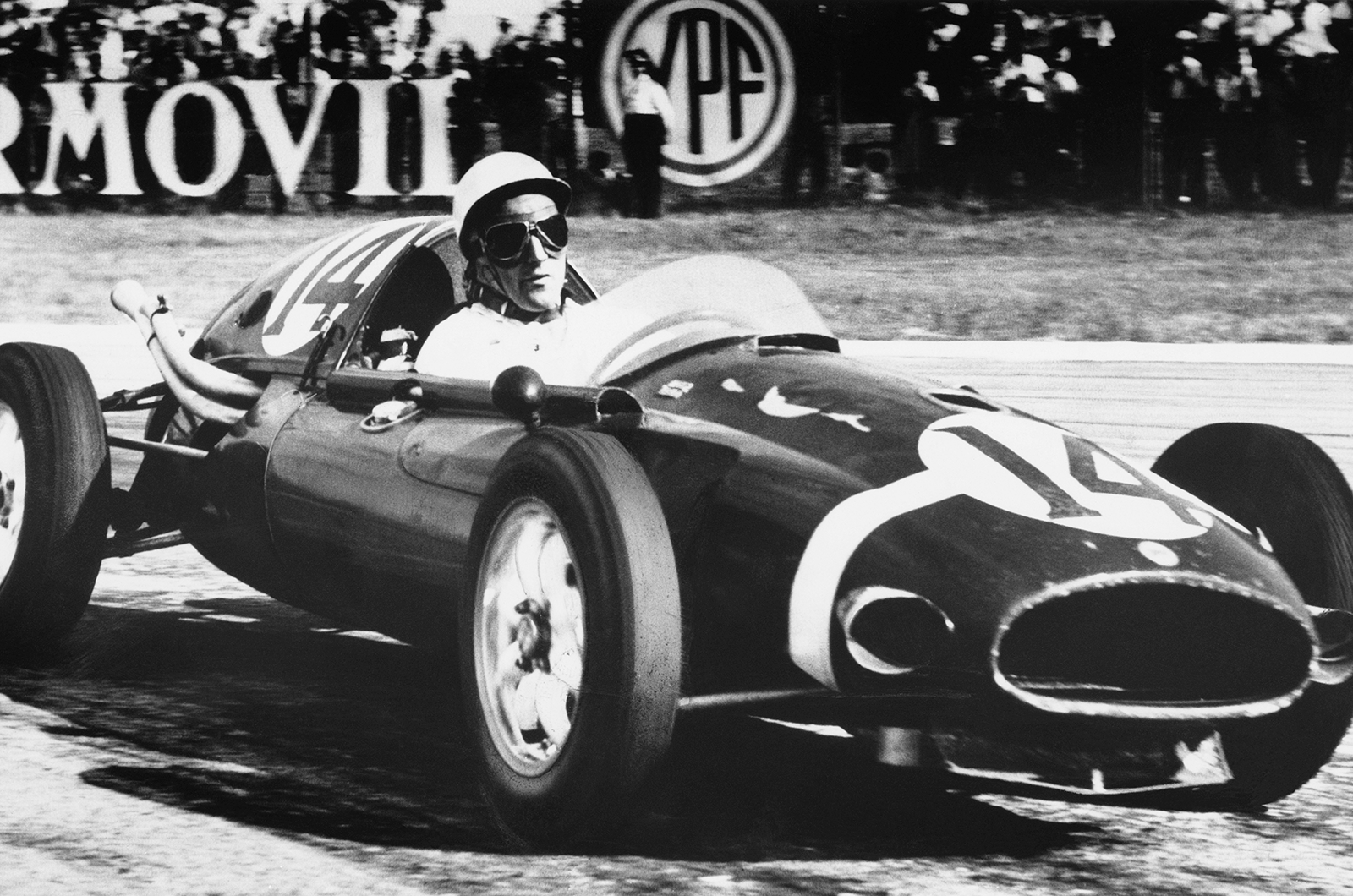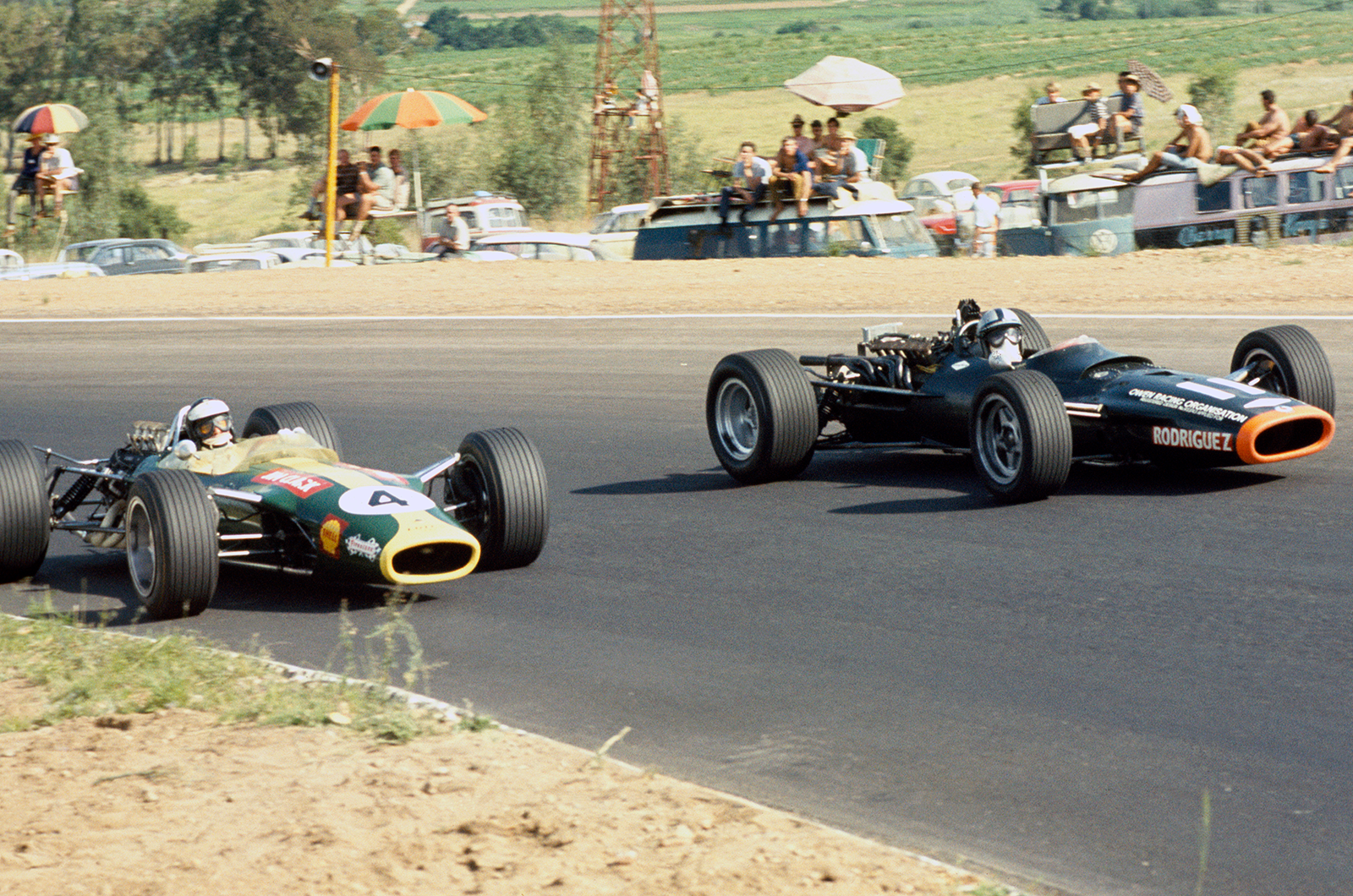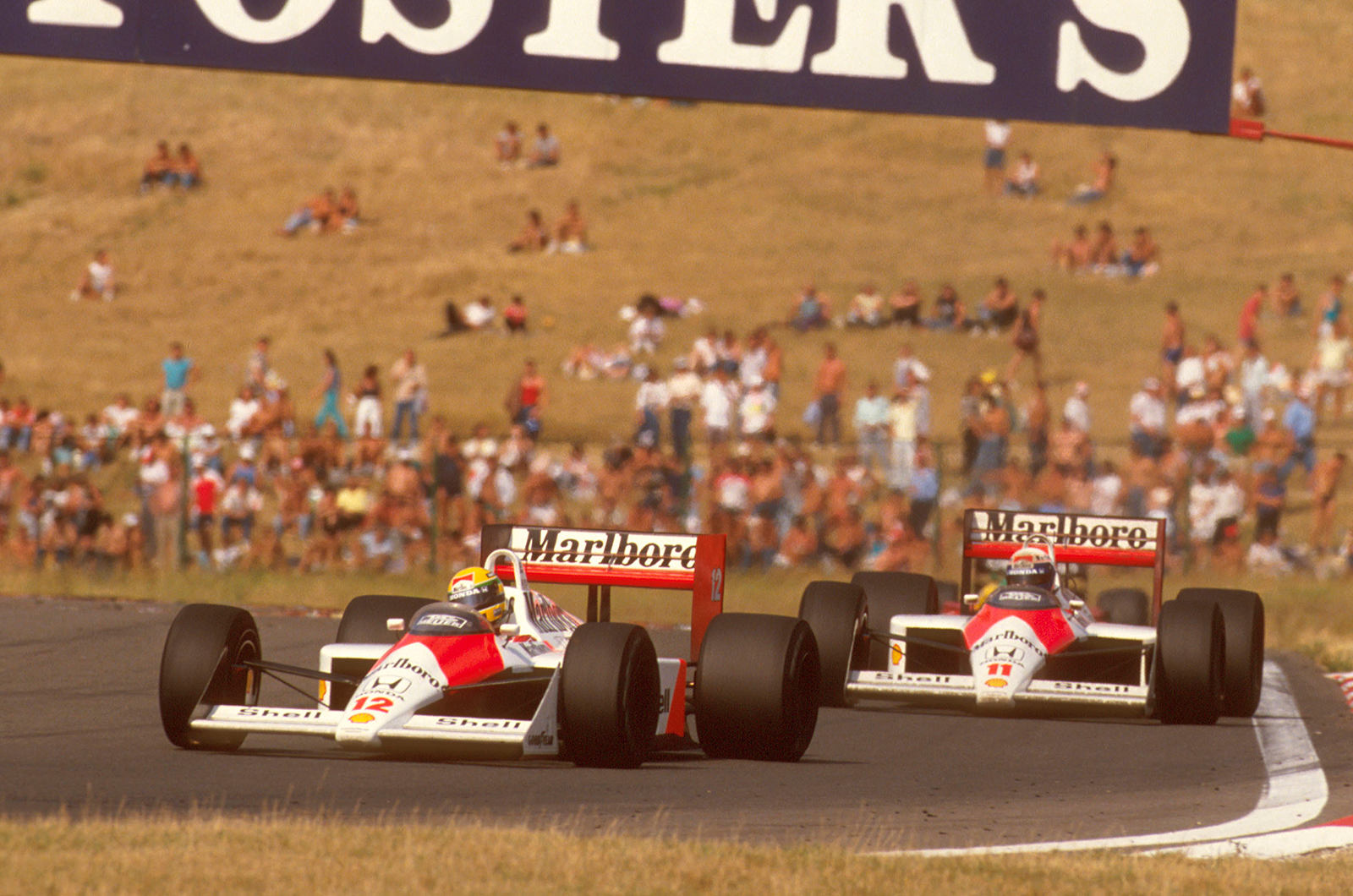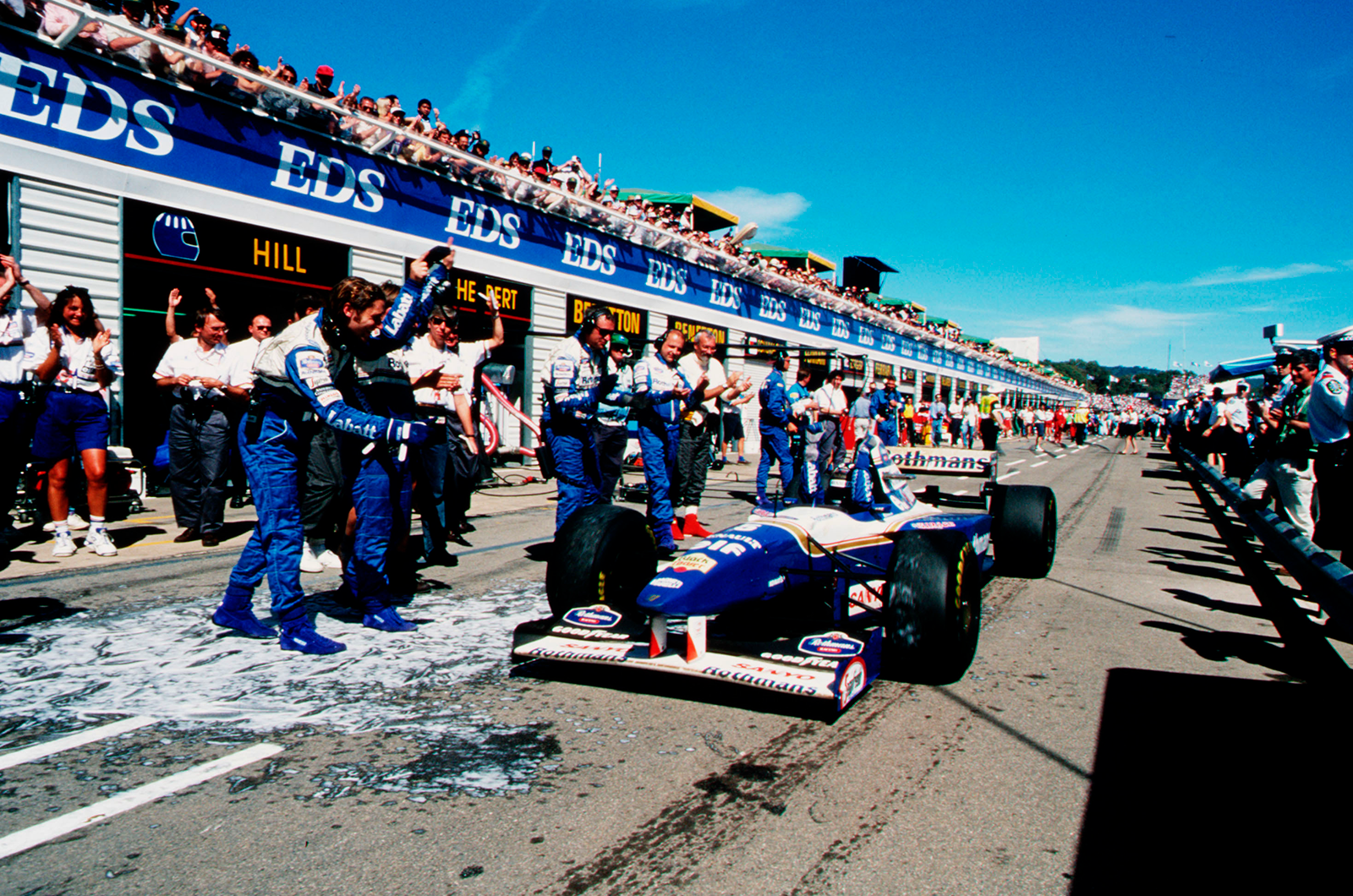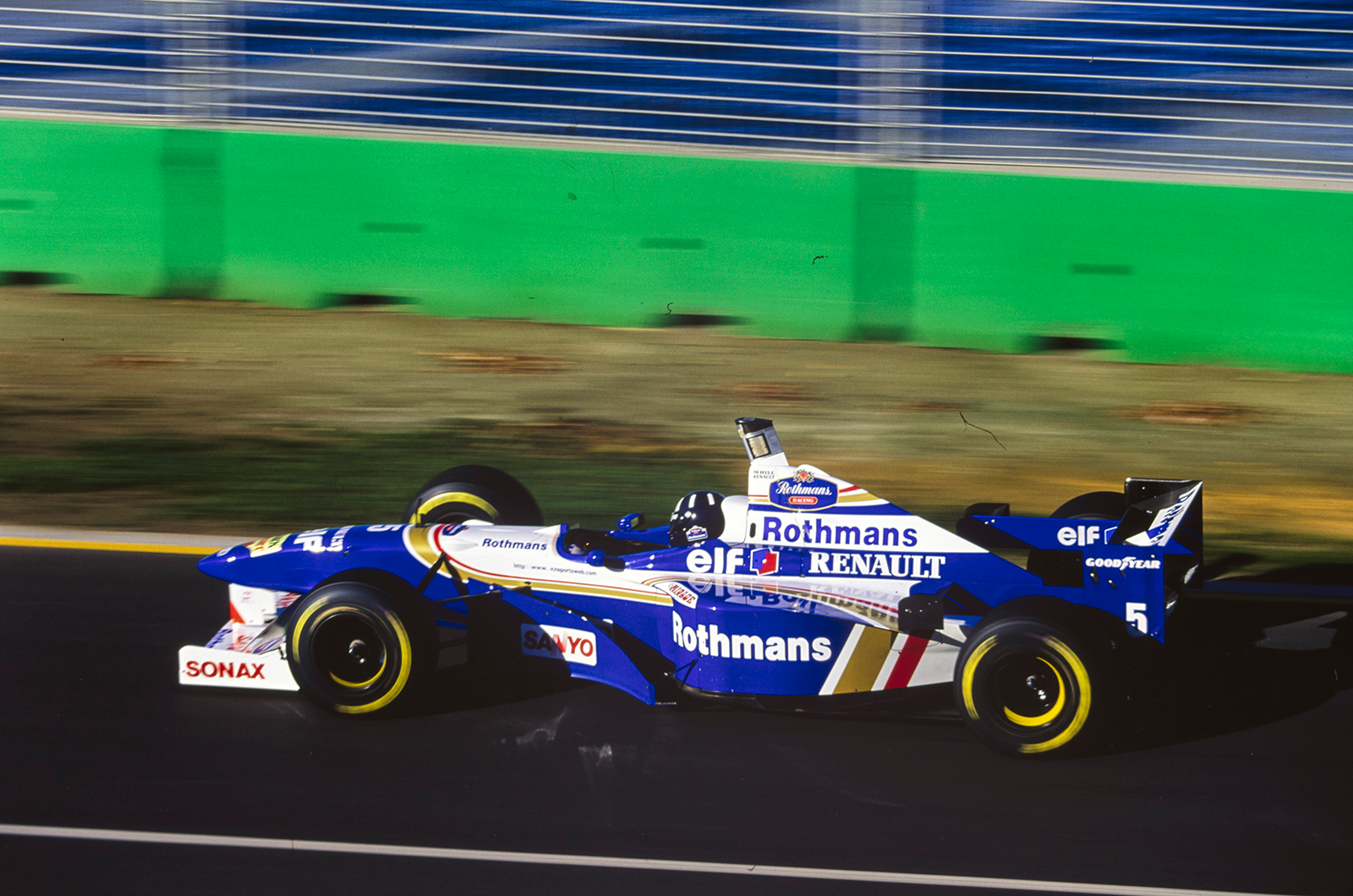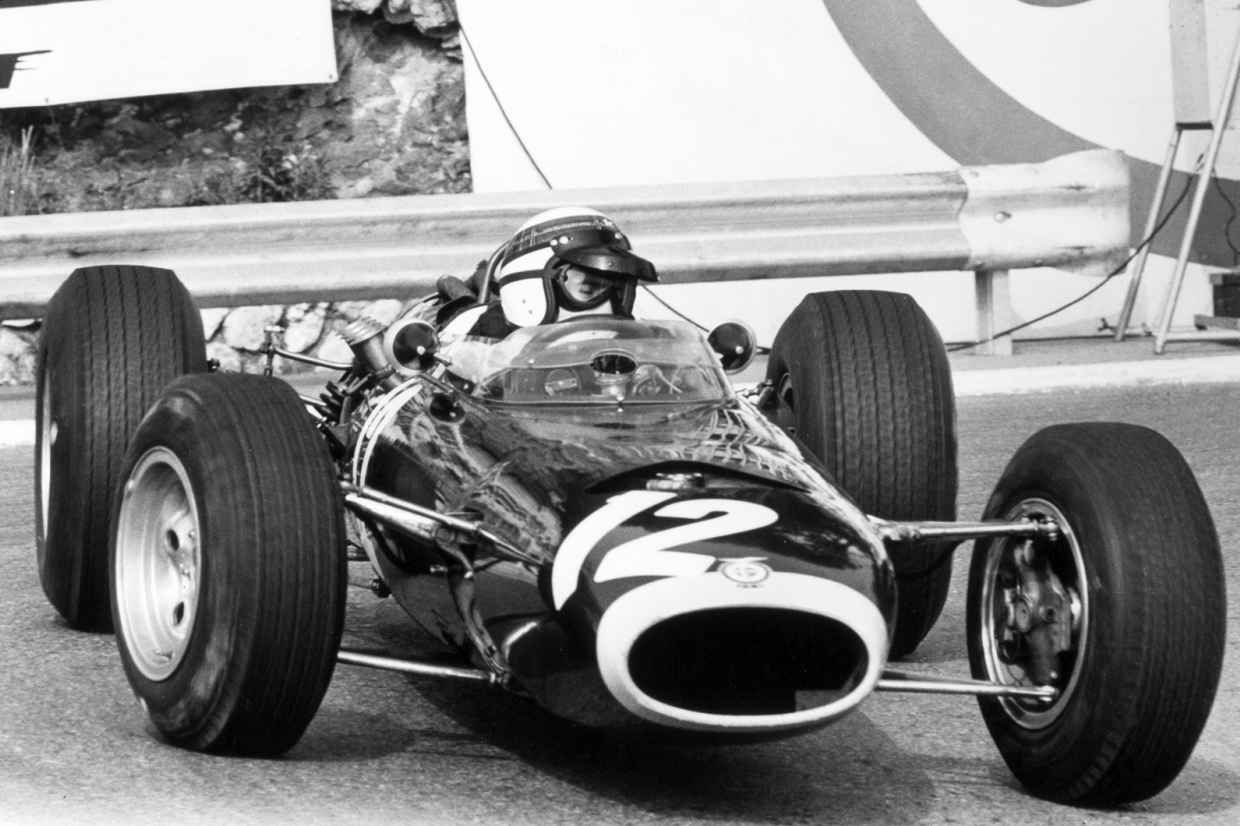
With the Australian, Bahrain, Chinese and Vietnamese Grands Prix having been either cancelled or postponed due to the coronavirus pandemic, it’s looking likely that the 2020 Formula One season won’t get under way until at least the Dutch Grand Prix on 3 May*.
Coincidentally, that is 70 years almost to the day since the very first World Championship Grand Prix was held at Silverstone.
In fact, during the 1950s and 1960s, it was relatively common for the championship to not start until May.
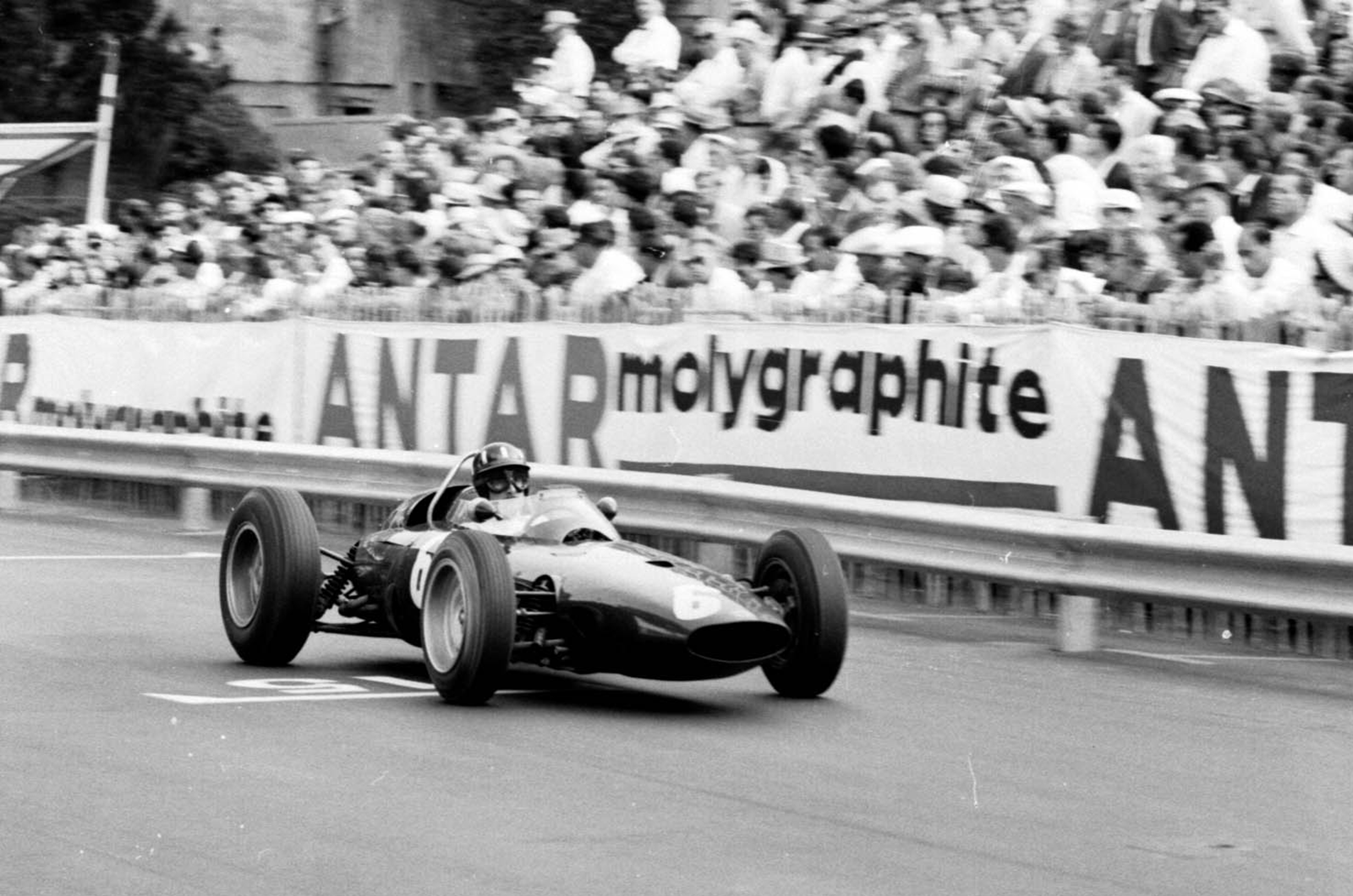
Graham Hill (BRM P57) en route to victory in Monaco, when the 1963 F1 season started in May
For one thing, the season comprised far fewer points-paying races than is the case today – in 1966, there were only nine, the final one being Mexico on 23 October.
For another, there were a lot more non-championship races on the calendar.
The 1963 Monaco Grand Prix was the first event to count towards the Drivers’ and Constructors’ titles, but by the time it had been held on 26 May, British enthusiasts had been able to see Formula One cars in action at Snetterton (30 March), Goodwood (15 April), Aintree (27 April) and Silverstone (11 May).


